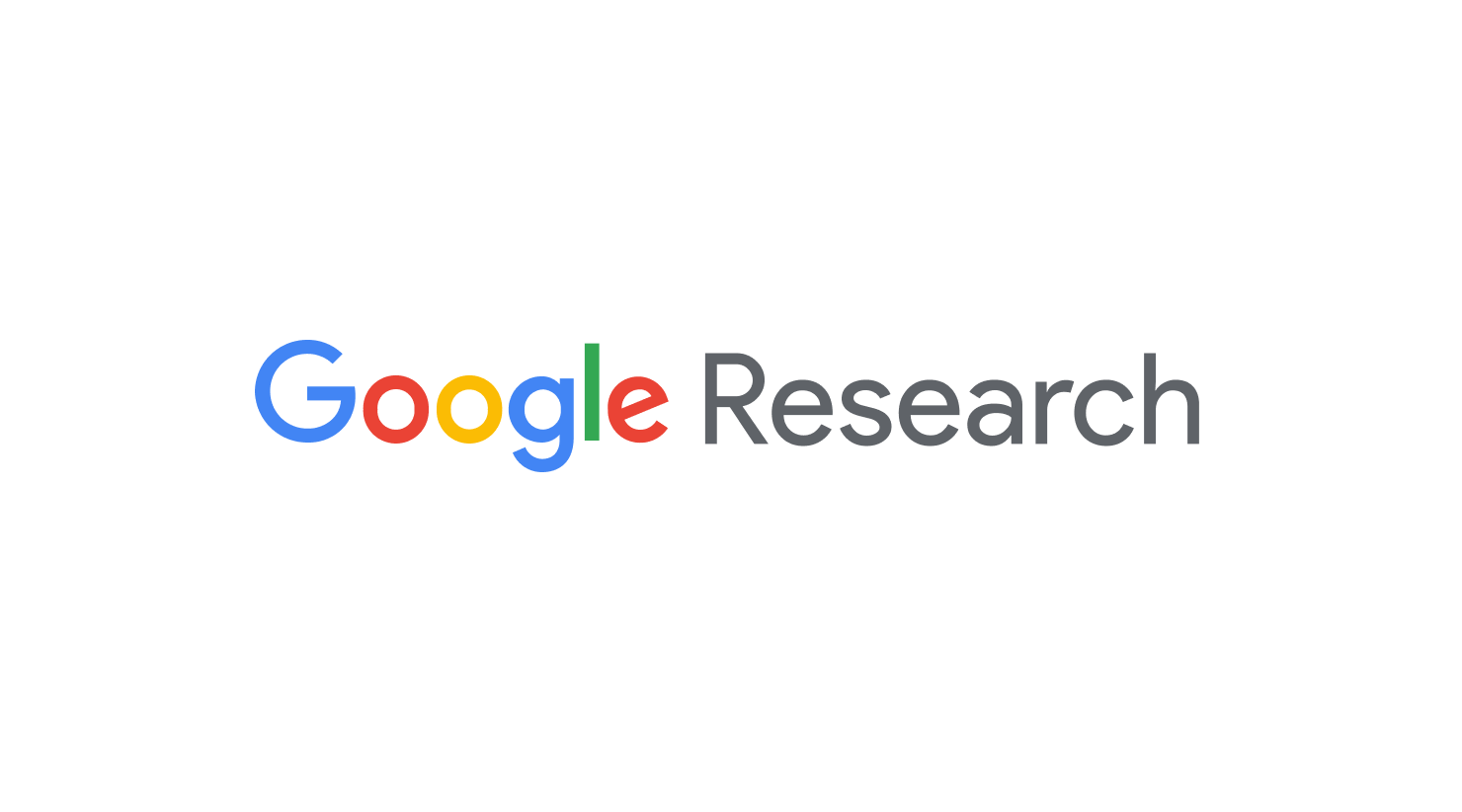
Automatic Captioning in YouTube
December 4, 2009
Posted by Christopher Alberti and Michiel Bacchiani, Google Research
On November 19, we launched our new automatic captioning and automatic alignment feature for YouTube. These features significantly reduce the effort it takes to create captions for videos on YouTube.
With YouTube expanding its index at a breakneck speed of about 20 hours of new material uploaded each minute, access to this vast body of video material becomes increasingly challenging. This is particularly true for people with hearing disabilities. A 2005 US census showed that 7.8 million people (or about 3 percent of the US population) have difficulty hearing a normal conversation, with 1 million unable to hear at all. Hence, increased accesibility by adding captions to YouTube videos makes the corpus available to a much larger audience.
In addition to expanded accessibility for those with hearing disabilities, the combination of captions with machine translation expands YouTube accessibility across the globe. If a caption track is available, it can be translated automatically in any of the 51 currently available languages. As a result, video content otherwise not accessible due to a language barrier can now be understood by a significantly larger user population.
Although captions are available in YouTube for hundreds of thousands of videos, it remains only a fraction of the the available corpus. Furthermore, only a tiny fraction of the avalanche of new video material getting uploaded is captioned. One reason for this lack of coverage is the effort it takes for a video uploader to generate captions. And this is where our new auto captioning and auto alignment features can benefit our uploaders. Auto-captioning uses automatic speech recognition technology to produce machine generated captions. Auto-alignment requires only a transcript--the uploader no longer has to sync that text with the video stream. To more concisely illustrate the use of these features, check out our help center article or this short video:
Modern-day speech recognition systems are big statistical machines trained on large sets of data. They do the best job recognizing speech in domains similar to their training data. Both the auto captioning and the auto alignment features use the speech recognition infrastructure that underlies Google Voice and Voice Search, but trained on different data. As an intial installment, for YouTube we use models trained on publicly available English broadcast news data. As a result, for now, the new features only work well on English material that is similar in style (i.e. an individual speaker who is speaking clearly).
The auto alignment features is available for all new video uploads, however the scope is limited to English material. The auto captioning feature is initially rolled out to a set of educational partners only. Although this is very limited in scope, the early launch makes the results of the system available to the viewers of this material instantly and it allows us to gauge early feedback which can aid in improving the features. We will release automatic captions more widely as quickly as possible.
Over time, we will work on improving the quality as well as the coverage of these features. Expansion will take place along two axes: additional languages will be made available and within each language we will cover much broader domains (beyond just broadcast news-like material). Since the content available in YouTube is so varied, it is difficult to set a timeline for this expansion. Automatic speech recognition remains challenging, in particular for the varied types of speech and background sounds and noise we see in the YouTube corpus. Therefore, to reach a high level of quality, we need to make advances in core technology. Although this will take time, we are committed to making that happen and to providing the larger community with the benefits of those developments.